Hours: Mon-Sat 10AM-6PM | Closed Sundays

LOOKING FOR A PRE-OWNED STEINWAY – CALL 509-327-4266
Our inventory rotates frequently and may not make it to our inventory savings list.


The STEINWAY & SONS SPIRIO is the world’s finest high resolution player piano. A masterpiece of artistry and engineering in your home, SPIRIO enables you to enjoy performances played by great pianists — captured with such nuance, power, and passion that they are utterly indistinguishable from a live performance.
A musical recording can enable a listener to enjoy the performances of professional musicians with clarity, but nothing compares to hearing the performance played straight from the piano with stunningly accurate dynamics.

At 5′ 1″ (155 cm), this piano is the smallest of the Steinway grands. This design was introduced in the 1930s to invite the majesty of the Steinway sound into almost any space.

At 5′ 7″ (170 cm) in length, this piano’s rich tone, responsive action and manageable size makes it perfect for conservatories, and many homes as well. The Model M is predominately selected as a STEINWAY SPIRIO, the world’s finest high resolution player piano.

At 5′ 10¾” (180 cm), the Model O is the largest of Steinway’s “small grands.” This piano is large enough to satisfy those who demand a full, rich sound, yet sized to fit in almost any home.

At 6′ 2″ (188 cm), the Model A is known for delivering a “grand” sound in a medium-scale instrument. This grand offers power and warmth, with a design that allows the solid spruce soundboard to freely and efficiently resonate, like its larger counterparts.

This magnificent 6′ 11″ (211 cm) grand piano is often referred to by pianists as “the perfect piano.” It is a wonderfully balanced and versatile instrument that does extremely well in refined homes, teaching studios, and mid-sized venues and is also available as a STEINWAY SPIRIO, the world’s finest high resolution player piano.

At 8′ 11¾” (274 cm) in length, this majestic musical instrument — the pinnacle of concert grands — is the overwhelming choice of the world’s greatest pianists and for anyone who demands the highest level of musical expression.















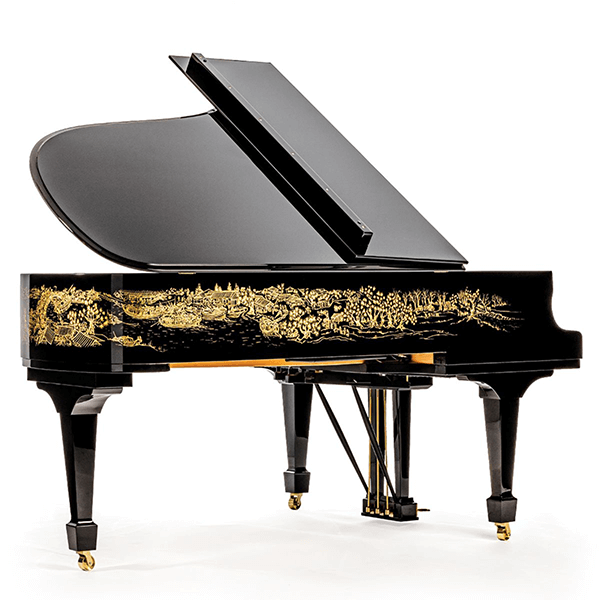


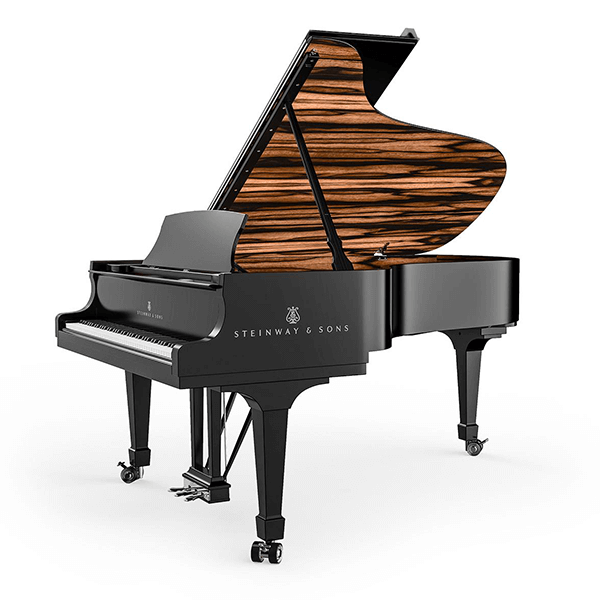
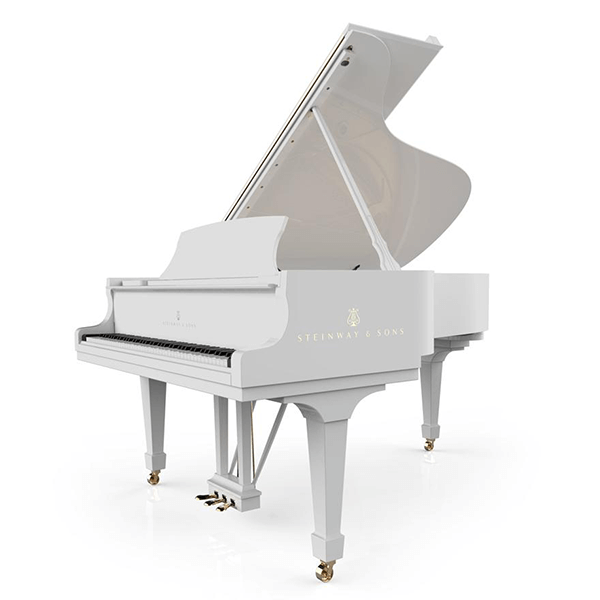







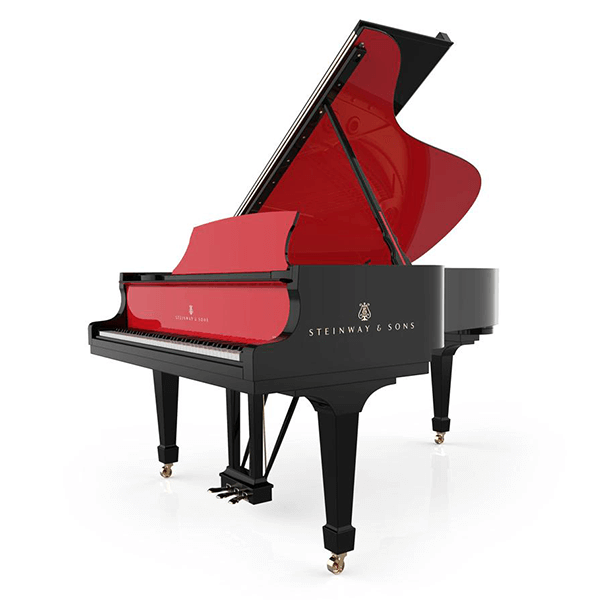

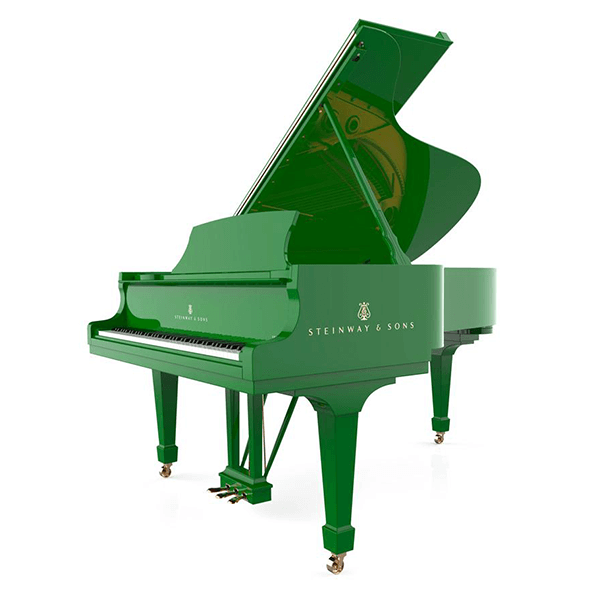




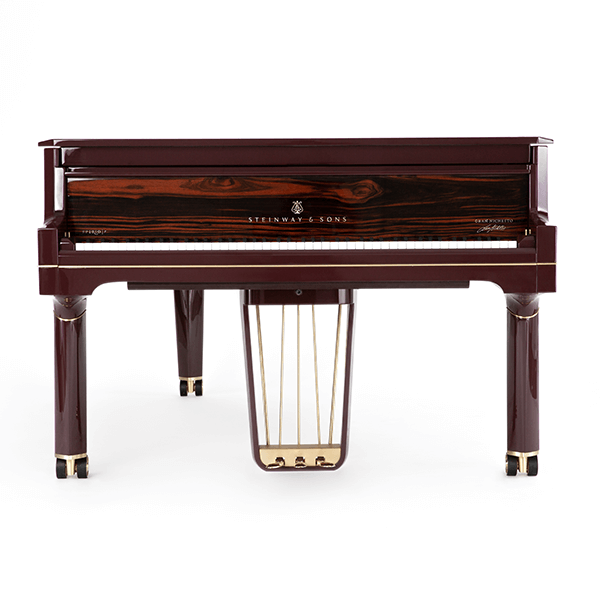

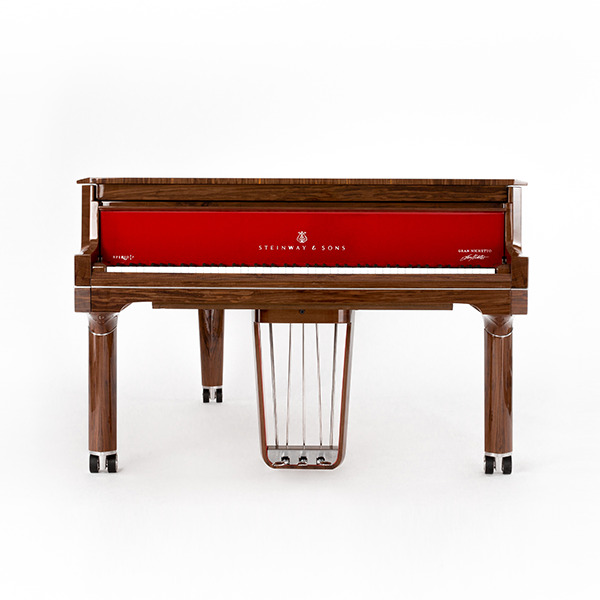
an extraordinary
LIMITED EDITION
THE BLACK POLISHED • THE MIDNIGHT RED • THE WALNUT VENEER
Award-winning designer Luca Nichetto is the creative force behind Nichetto Studio — a multidisciplinary design studio creating an impressive array of products, accessories and furniture as well as architecture, exhibition design and branding. Nichetto teamed up with STEINWAY & SONS to present an extraordinary limited edition — GRAN NICHETTO.
A limited edition of 50 Model B SPIRIO | r instruments are available in three inspired variations.
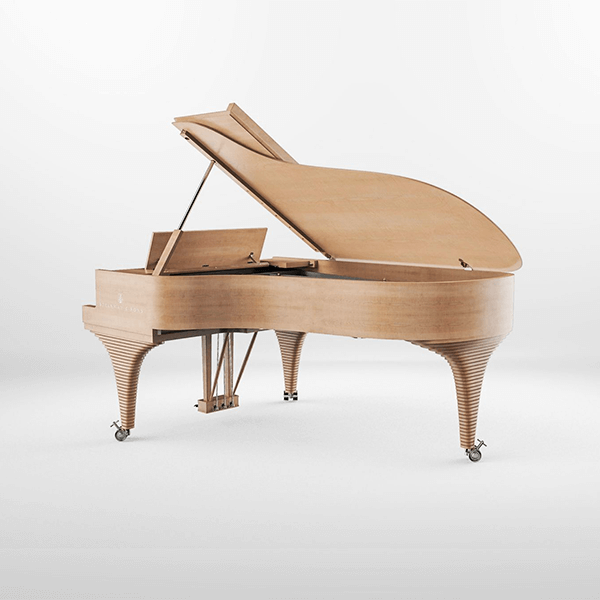

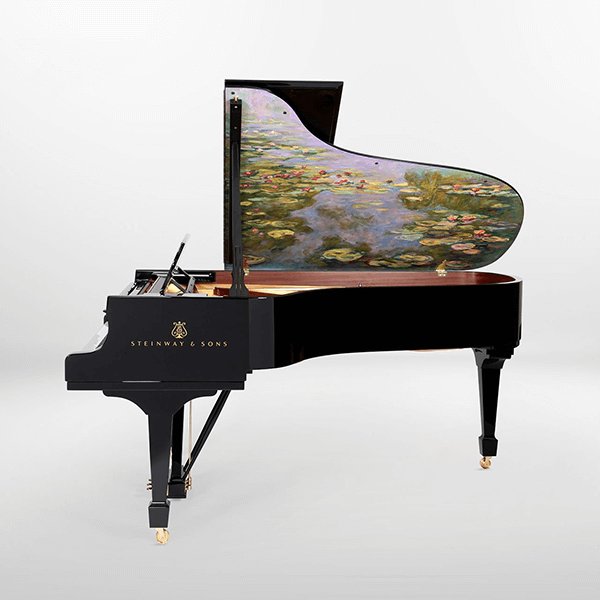



Your STEINWAY can be a singular work of art: handcrafted, made to order, exclusively for you and your vision of your instrument — with STEINWAY’S team of highly skilled craftspeople and designers. Whatever you imagine your ideal STEINWAY custom piano to be, bring it to life with STEINWAY BESPOKE.
As the world’s preeminent pianomaker, clients have historically sought out STEINWAY & SONS to realize the STEINWAY custom piano of their dreams. The first head of STEINWAY’s art case department was JB Tiffany of the famed Tiffany family. BESPOKE and art case STEINWAYS have been designed and crafted in every conceivable style, utilizing a wide range of precious stones, exotic woods, gold painting and gilding, hand-painted artwork and more.
In keeping with this tradition, STEINWAY continues to offer a BESPOKE service: designs, big or small, can be custom-built in any size model STEINWAY.

The only upright worthy of being in the grand section.
Unlike other manufacturers that mass-produce their uprights, STEINWAY & SONS uprights are handcrafted in the same factory as our grand pianos, using the same techniques, conditioning processes, and craftsmen. The result is the world’s finest upright, living up to the STEINWAY & SONS name in every respect. STEINWAY upright pianos take advantage of over 125 patented features and processes.

WE SERVICE THE FOLLOWING AREAS
EASTERN WASHINGTON: Tri Cities, Yakima, Wenatchee, Walla Walla, Greater Spokane Area, Pullman.
NORTHERN IDAHO: From Moscow/Lewiston → North. (CDA/Sandpoint).
STATE OF MONTANA
If you are not in one of these areas, please contact your local dealer.

The Premier Piano Showroom Of The Inland Northwest